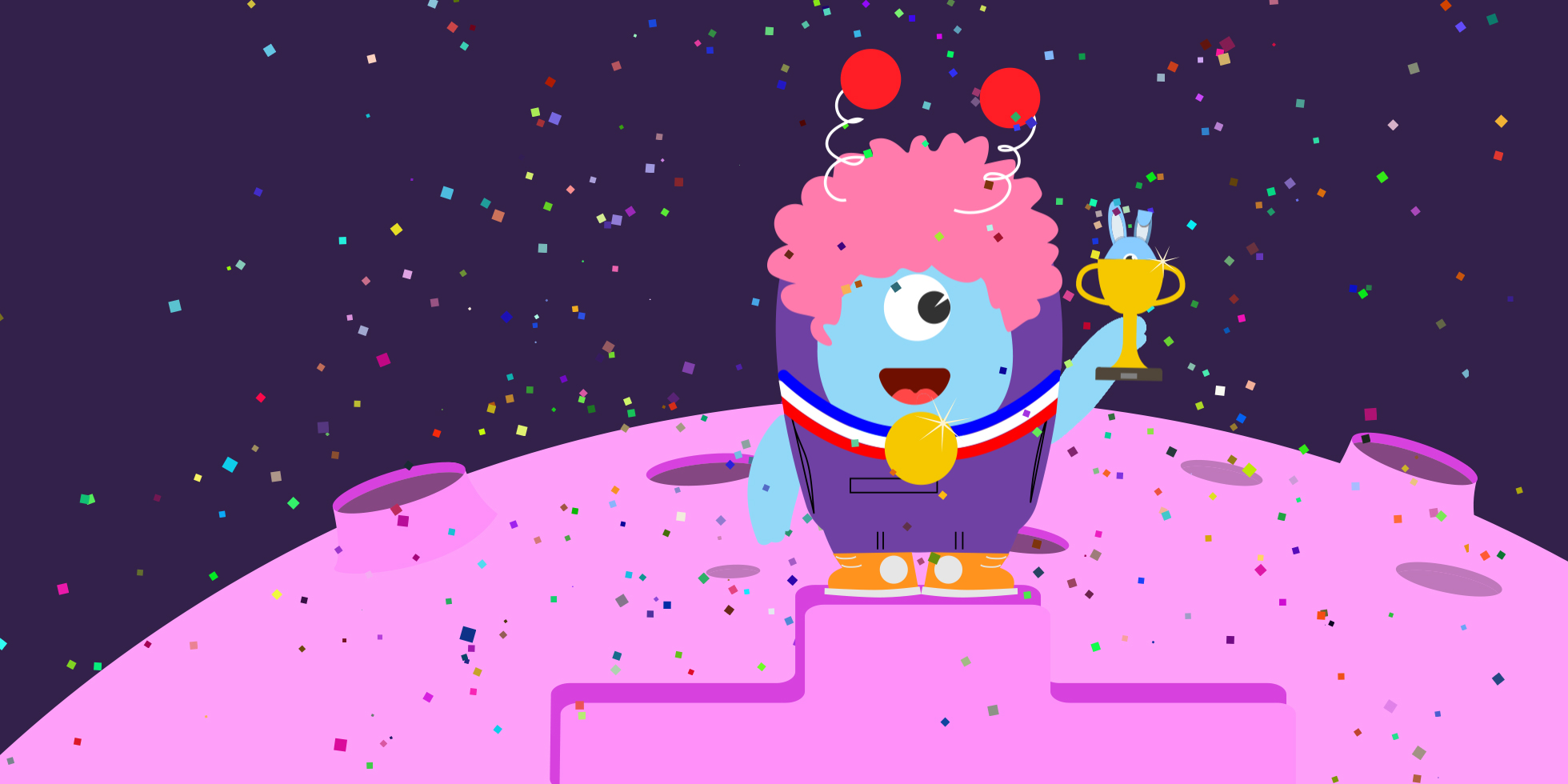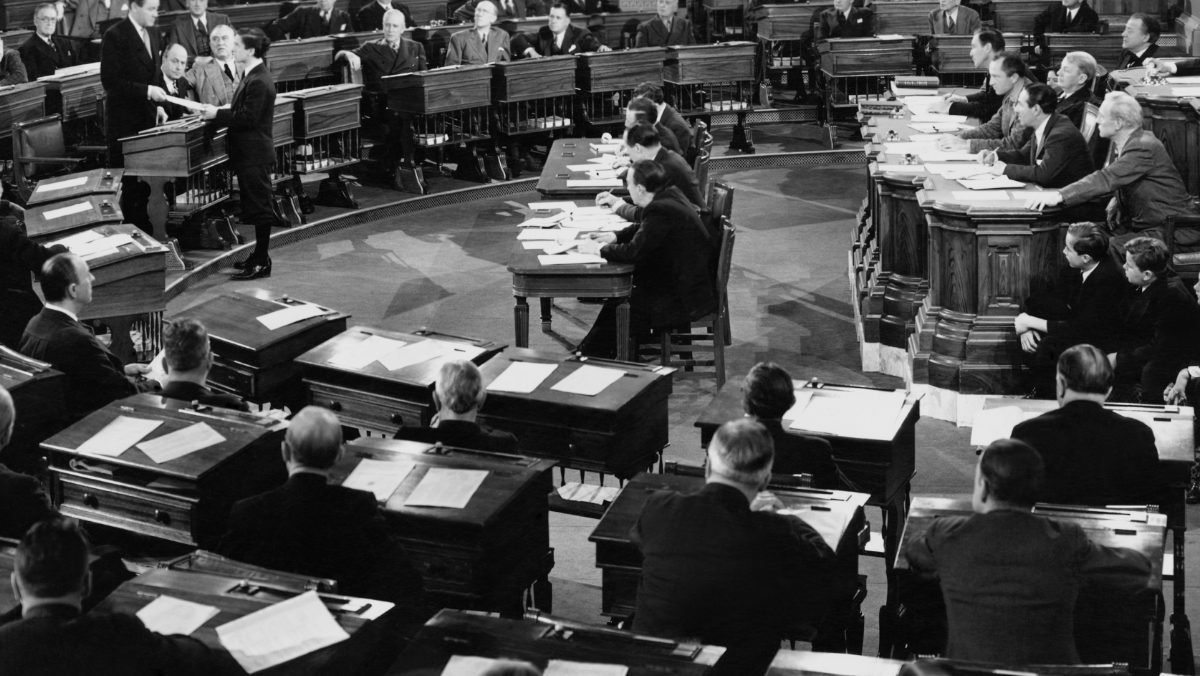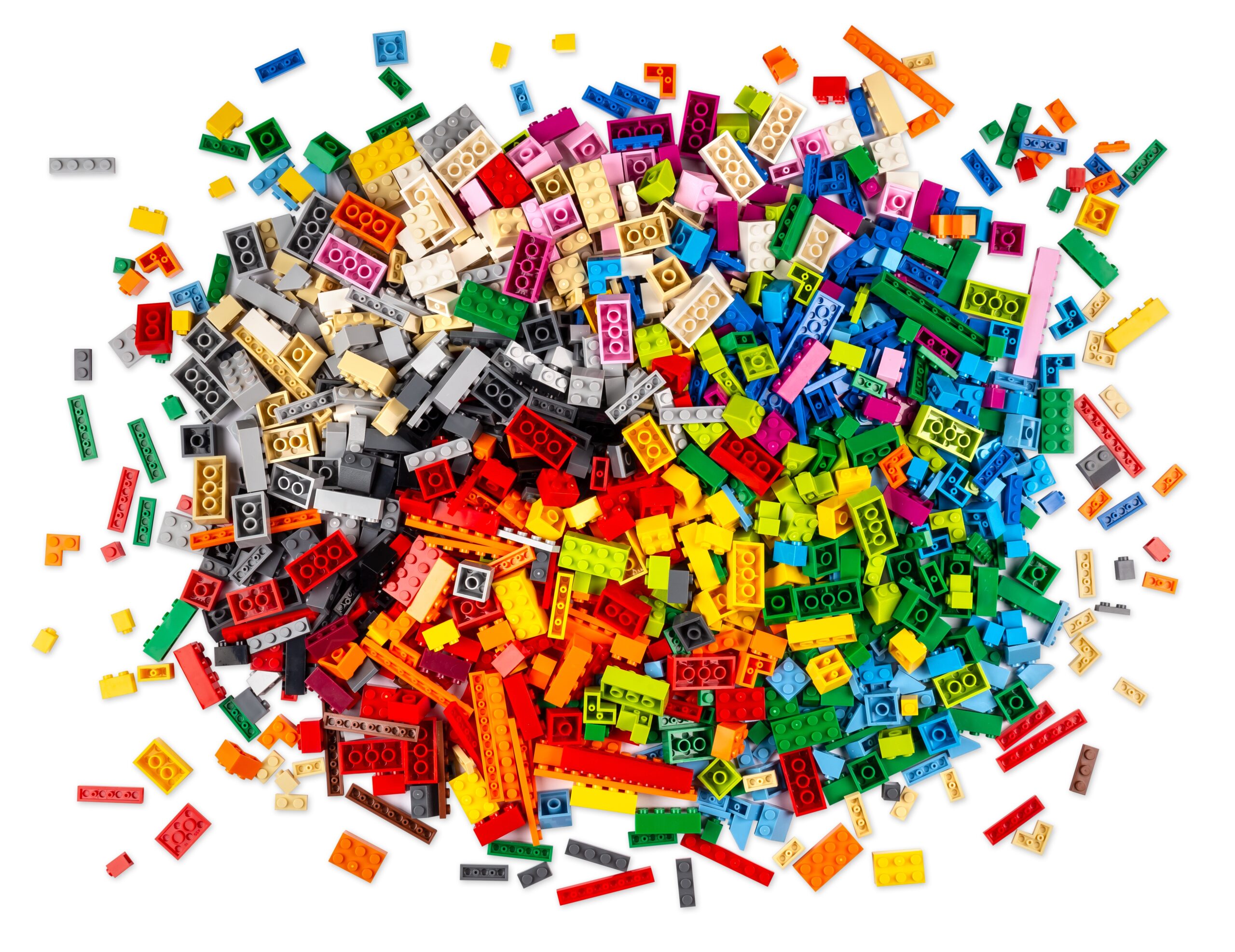Treat communication as entertainment to create a better employee experience

As part of my training as an actor, I spent time examining the game play thinking of Gavin Bolton. He explored the potential of play in education, putting the child at the centre of the learning process. Bolton’s thinking was radical, and while he has since modified his thought processes, the principles still stand – let children explore the world their way and tag learning opportunities onto that journey as it evolves.
None of this fits our industrialised notions of how work and life work. We still live with the rigid, planned systems handed down to us from the empires that were built in the past. But today’s world is no longer a command and control structure – the digital revolution has blown that apart.
Recognising our inner child – and knowing when to encourage people to tap into the qualities of that child – is how gamification thrives. It is why simple online games, like the ones we developed for RBS and Southwest Airlines, work so well to create camaraderie and encourage employees to engage with content they may otherwise might ignore.
Three drivers sit behind gamification, and to develop successful games at work it is important to understand how each one works. There should be at least two at play at any one time.
- Gamification: Incentives
These appear in many guises: status, kudos, remuneration, and promotion. We all have an intrinsic, in-built reward system, and understanding that helps you devise the right game. All environments are competitive to varying degrees of self-centredness. Certain environments will benefit from individual competitiveness – tournament theory explores how individuals can be challenged to hit targets and then rewarded on the value they deliver rather than the volume they get through – while other environments are more reflective of team competition.
In their ING blog, Phil Thorton & Sandro Spano highlight a 2019 report which “covered the topic of gamification at work, where rewards were given more frequently based on, for instance, tasks completed or work well done, rather than a one-off bonus per year. Results showed employees were more engaged and productive in this environment. This type of “tournament” could shift reward schemes away from an employee’s relative position and has room to include group rewards to stimulate collaboration”. This position backs up establish neuroscience that shows incremental feedback is better to keep people motivated. Regular gamification, rather than annual rewards, is better for business.
- Gamification: Bonding
We all seek out tribes. These tribes reflect our relative strengths; are we performers or planners, visionaries or explorers? There are many different archetypes and models. Carl Jung’s archetypes are commonly used in branding to help define positioning, while Myers Briggs is often cited as a model for exploring personality types. Forget the rigor that sits behind these models, the truth is that we all search for a sense of place and community.
Gamification that helps employees form communities reinforces belief, commitment and performance. We’ve seen this with our work with Southwest Airlines, where employees (or co-hearts as they are known) are able to discover their unique strength when it comes to hospitality. Employee pride increases when they know they are adding value because they are a Go-Getter or a Protector.
Cognizant have explored bonding and communities with their Games of Pods, created to bring DevOps teams together by encouraging healthy competition between communities. This is something that HSBC have also played with, and it plays to the truth that people can find natural and supportive homes through play.
- Gamification: Learning
The final driver is learning. People want to advance themselves; to learn something new. It is a human motivator that sits behind our need to protect our families – the idea that the more we grow, and the more we increase our value, the more secure we become.
Lastly, think of gamification more as entertainment. John Reith established the BBC mission as Inform, Educate and Entertain. I think this is the perfect maxim for communicators. Entertain people, and then lay in the information and education as part of that process.





